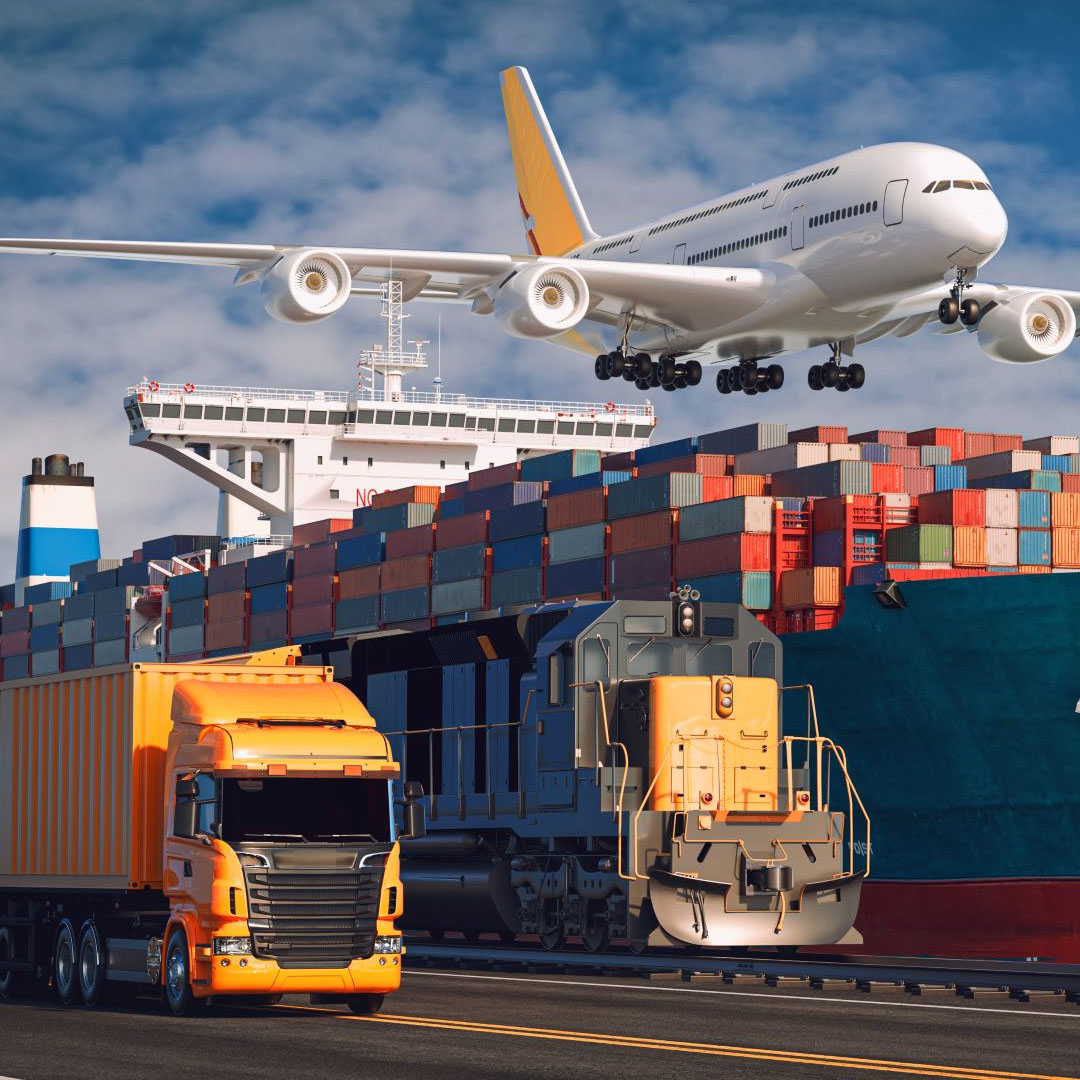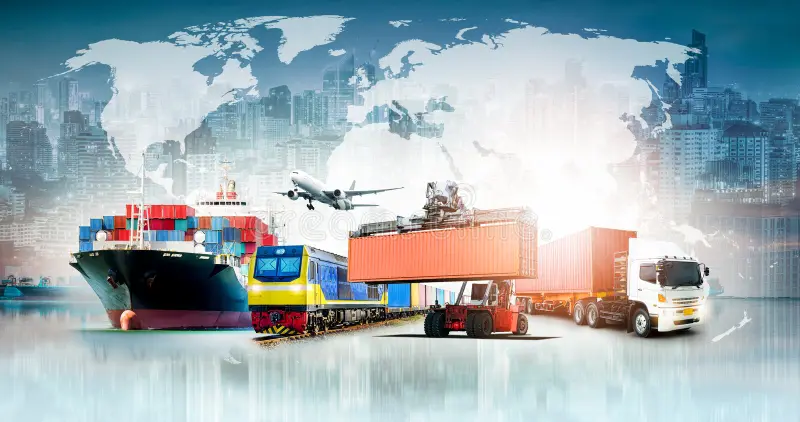Transportation in the Digital Age: What’s Changing
In the digital age, we’re witnessing a transportation revolution that is reshaping how people and goods move. Cutting-edge technologies, innovative mobility solutions, and data-driven insights are at the forefront of this transformation, the key changes that are revolutionizing transportation in the digital age, from the rise of ride-sharing to the emergence of autonomous vehicles and the concept of smart cities.
Ride-Sharing: Transforming Personal Mobility
Ride-sharing services, like Uber and Lyft, have disrupted the traditional taxi industry and redefined personal mobility. These services allow people to request a ride using a mobile app and have transformed urban transportation in numerous ways:
Convenience: Ride-sharing offers an easy and convenient way to get around, eliminating the need to hail a taxi or wait for public transportation.
Cost-Effective: Often, ride-sharing is more cost-effective than traditional taxi services, making it an attractive option for many.
Driver Earnings: Ride-sharing has provided new income opportunities for drivers, enabling more flexible work schedules.
Reduced Congestion: Some studies suggest that ride-sharing services may help reduce the number of cars on the road, potentially alleviating traffic congestion in cities.
Autonomous Vehicles: The Future of Transportation
Autonomous vehicles (AVs) are on the cusp of revolutionizing transportation. These vehicles can operate without human intervention and are poised to reshape personal and commercial transportation in several ways:
Safety: AVs are expected to significantly reduce the number of accidents caused by human error, making transportation safer for everyone.
Efficiency: AVs can drive more efficiently, potentially reducing fuel consumption and emissions, and optimizing traffic flow.
Accessibility: AVs can provide transportation solutions for individuals who are unable to drive, including the elderly and people with disabilities.
Urban Planning: AVs may lead to changes in urban planning, reducing the need for parking spaces and potentially freeing up valuable urban real estate.
Connected Vehicles: Enhancing Safety and Efficiency
Connected vehicles are another aspect of the digital transformation of transportation. These vehicles are equipped with internet connectivity and communication technology, enabling them to share data with other vehicles and infrastructure. Some key impacts of connected vehicles include:
Safety: Connected vehicles can communicate with each other and infrastructure to improve safety. For example, they can warn drivers about potential collisions and share information about road conditions.
Traffic Management: Data from connected vehicles can be used to optimize traffic management, reduce congestion, and improve traffic flow.
Infrastructure Development: The rise of connected vehicles is driving the development of smart infrastructure, including intelligent traffic signals and sensors that enhance transportation efficiency.
Data Insights: The data generated by connected vehicles provide valuable insights for transportation planning, allowing authorities to make informed decisions about road maintenance and upgrades.
Smart Cities: The Future of Urban Mobility
The concept of smart cities is taking center stage in the digital age, aiming to transform urban transportation and improve the quality of life for residents. Here are some elements of smart cities that are changing transportation:
Real-Time Traffic Management: Smart cities use real-time data from sensors and connected vehicles to manage traffic flows, reduce congestion, and improve transportation efficiency.
Efficient Public Transportation: Smart cities are investing in more efficient and environmentally friendly public transportation options, such as electric buses and light rail.
Eco-Friendly Transportation: Many smart cities are promoting eco-friendly modes of transportation, such as biking and walking, and providing dedicated infrastructure for these modes.
Shared Mobility: The concept of shared mobility, including bike-sharing and car-sharing, is an integral part of smart cities, reducing the number of private vehicles on the road.
Challenges and Considerations in the Digital Age of Transportation
While the digital age of transportation holds great promise, it also presents some challenges and considerations:
Cybersecurity: As vehicles and transportation infrastructure become increasingly connected, cybersecurity becomes a crucial concern to prevent hacking and ensure safe operations.
Regulatory Frameworks: Developing and adapting regulations for emerging transportation technologies, including autonomous vehicles and ride-sharing, is essential for safety and accountability.
Data Privacy: The collection and sharing of vast amounts of data raise concerns about individual privacy. It’s essential to establish clear policies and safeguards.
Public Acceptance: The public’s acceptance and trust in new transportation technologies, such as autonomous vehicles, are critical for their widespread adoption.
Conclusion: A Digital Revolution in Transportation
The digital age is ushering in a transportation revolution that promises greater efficiency, safety, and sustainability. Ride-sharing services are making personal mobility more convenient and cost-effective, while autonomous vehicles hold the potential to transform the way we move. Connected vehicles are enhancing safety and data-driven traffic management, and smart cities are redefining urban transportation.
As the digital transformation of transportation continues, addressing cybersecurity, regulatory challenges, data privacy, and public acceptance will be essential. In the end, the digital age is paving the way for a more connected, efficient, and sustainable future in transportation, offering exciting possibilities for how people and goods move in our increasingly interconnected world.








